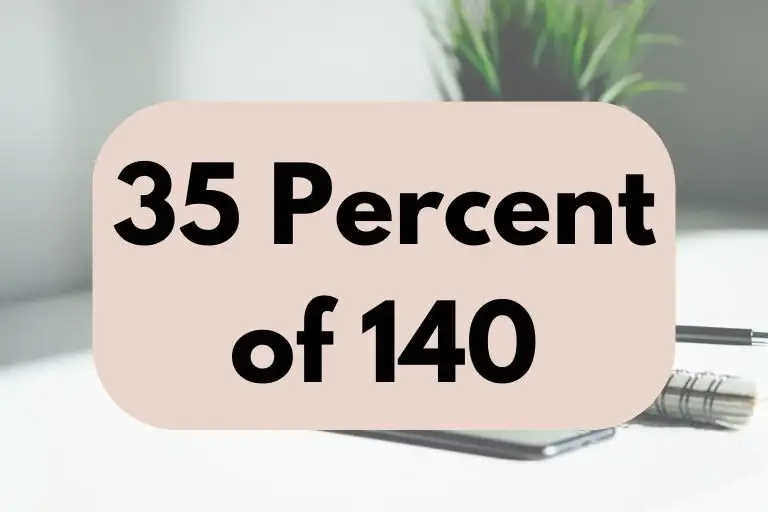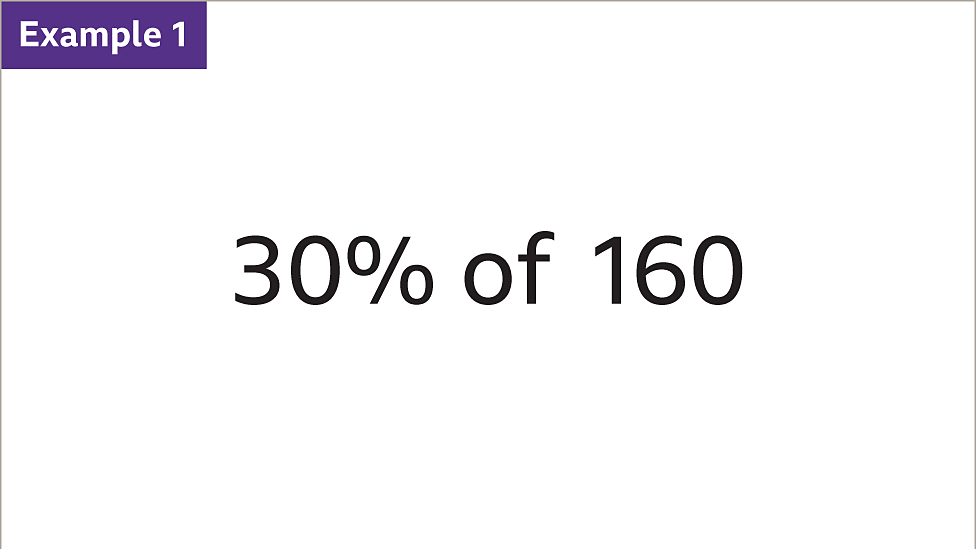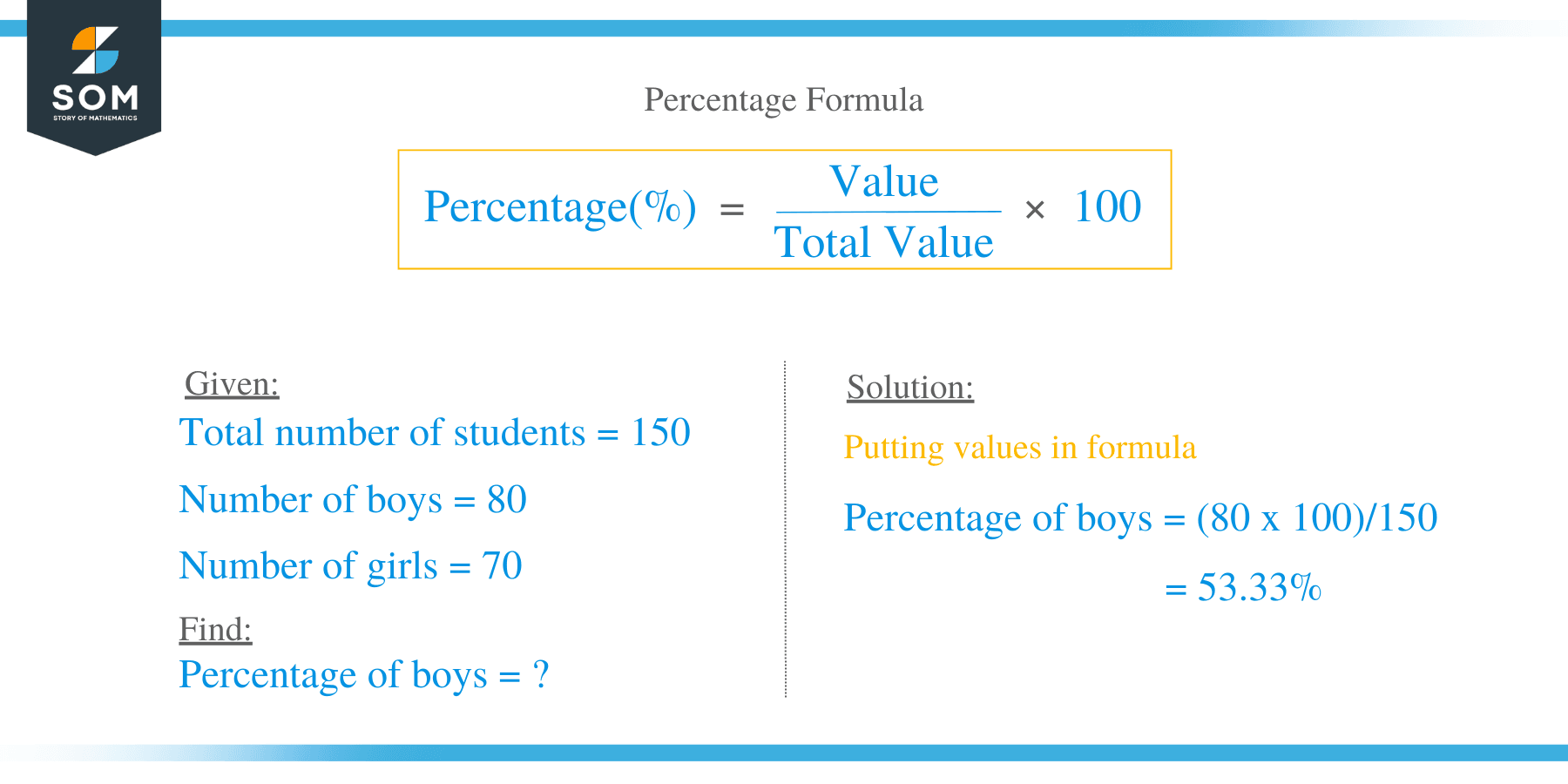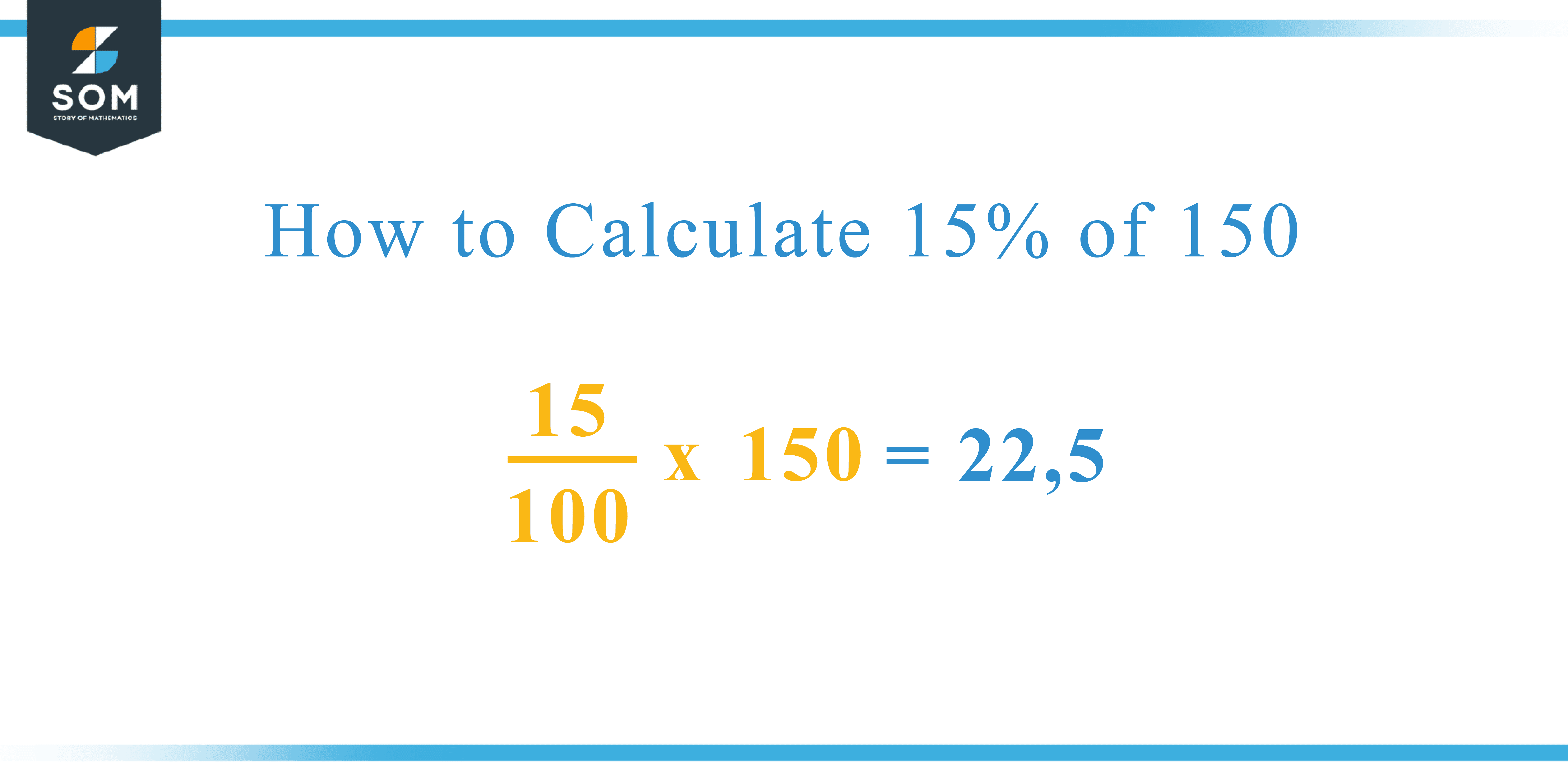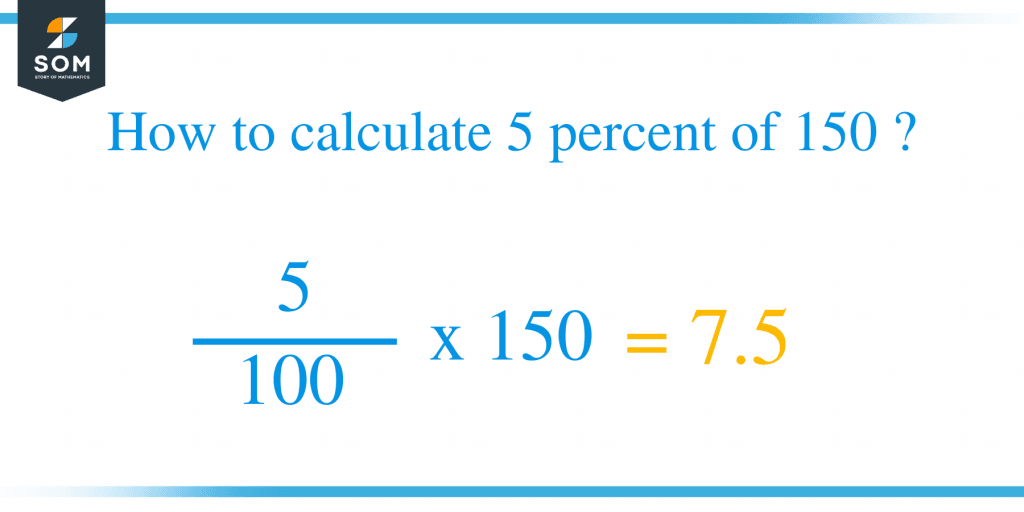140 Out Of 150 As A Percentage

The recent assessment results from the National Educators' Certification Board (NECB) have sparked considerable discussion, with preliminary figures indicating that 140 out of 150 candidates achieved a passing score. This translates to a significant percentage, prompting analysis of the program's effectiveness and the preparedness of aspiring educators.
The high pass rate raises questions about the rigor of the certification process and its ability to accurately gauge the competencies required for effective teaching.
Understanding the Percentage: 93.33%
Calculating 140 out of 150 as a percentage reveals a rate of 93.33%. This figure represents the proportion of candidates who successfully met the NECB's standards for certification.
The implications of such a high percentage are multifaceted, requiring consideration from various stakeholders within the education sector.
The NECB Certification Process
The NECB certification is a crucial step for individuals seeking to become licensed educators within the state. The process involves a comprehensive evaluation of candidates' knowledge, skills, and pedagogical understanding.
The examination assesses proficiency in subject matter, classroom management, and instructional strategies.
Successful completion of the certification is generally required for employment in public schools and often preferred in private institutions.
Stakeholder Perspectives
The high pass rate has elicited responses from educators, administrators, and policymakers.
Dr. Anya Sharma, Superintendent of the State Education Agency, stated, "These initial results suggest a positive trend in the quality of teacher preparation programs across the state. We must, however, delve deeper to understand the contributing factors and ensure that this success translates to improved student outcomes."
Some veteran teachers have expressed concerns about the potential for grade inflation or a lowering of standards. They argue that a consistently high pass rate may not accurately reflect the challenges of real-world classroom environments.
Potential Impacts on the Education System
A consistently high certification rate could lead to an increased supply of qualified teachers, potentially alleviating teacher shortages in certain subject areas or geographic regions.
This could, in turn, lead to reduced class sizes and more individualized attention for students.
However, some worry that an oversupply of teachers could lead to increased competition for jobs and potentially lower salaries for entry-level educators.
Concerns and Criticisms
While the high pass rate is generally viewed positively, some critics have raised concerns about the validity and reliability of the assessment.
Professor David Chen, an education researcher at State University, noted, "It's essential to examine the content and scoring methodology of the NECB exam. A high pass rate doesn't necessarily equate to high-quality teaching; it simply indicates that candidates met the defined criteria of the assessment."
He added, "Further research is needed to determine if the exam effectively predicts teacher effectiveness in the classroom."
Looking Ahead
The NECB is expected to release a detailed report in the coming weeks, providing further analysis of the assessment results and addressing concerns raised by stakeholders.
This report will likely include data on candidate demographics, performance on specific exam sections, and correlations between certification scores and subsequent teaching performance.
The findings will inform future decisions regarding teacher preparation programs, certification standards, and ongoing professional development for educators.
"We are committed to ensuring that the NECB certification remains a rigorous and meaningful indicator of teacher competence," said Ms. Emily Carter, Executive Director of the NECB.
The ultimate goal is to provide students with access to highly effective teachers who are well-prepared to meet the diverse needs of today's classrooms.
The debate surrounding the 93.33% pass rate highlights the complexities of teacher certification and the ongoing effort to balance rigor, access, and quality in the education system.


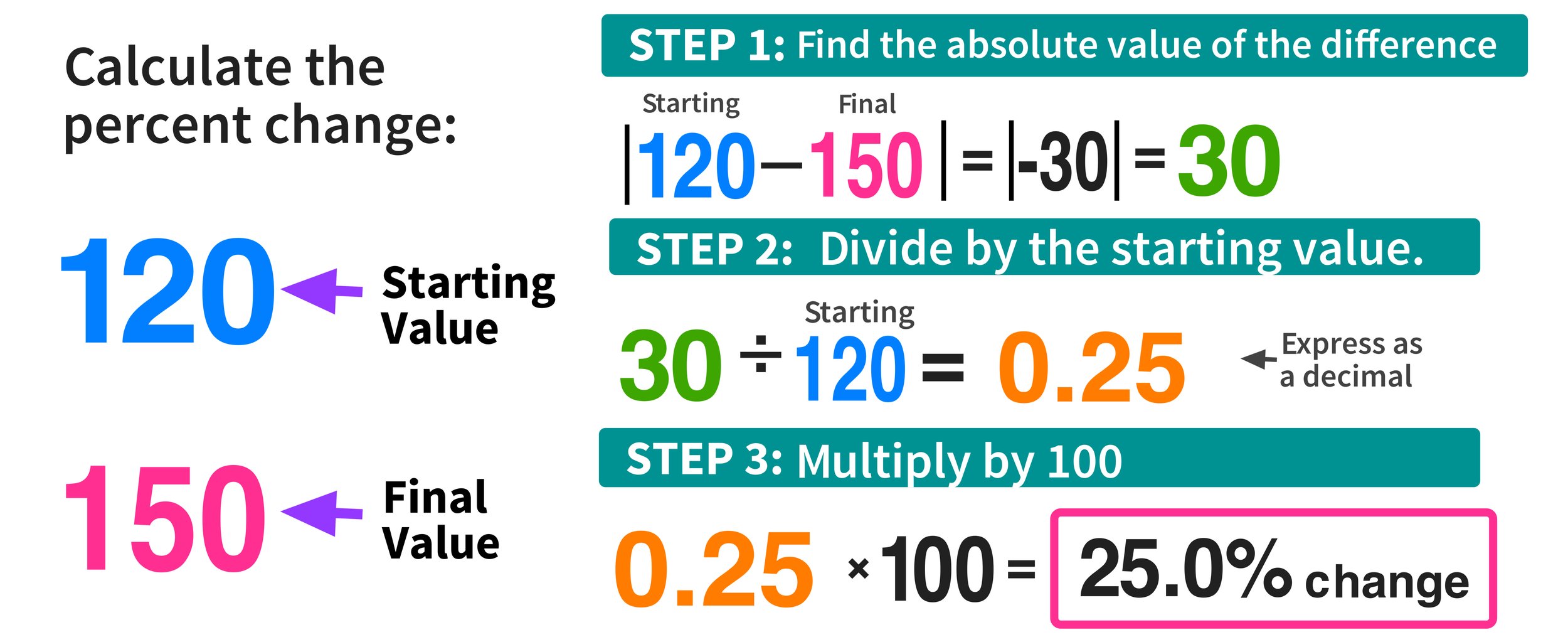

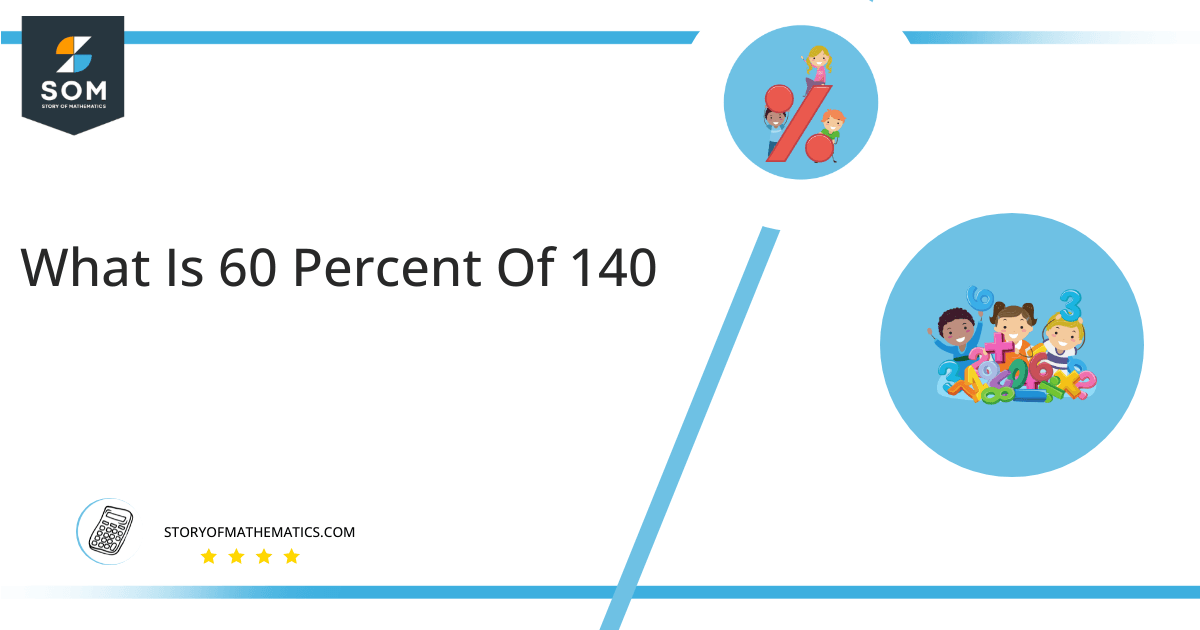
![140 Out Of 150 As A Percentage What is 10 Percent of 140? = 14 [With 2 Solutions]](https://timehackhero.com/wp-content/uploads/2024/01/What-is-10-Percent-of-140-14-With-2-Solutions.png)






